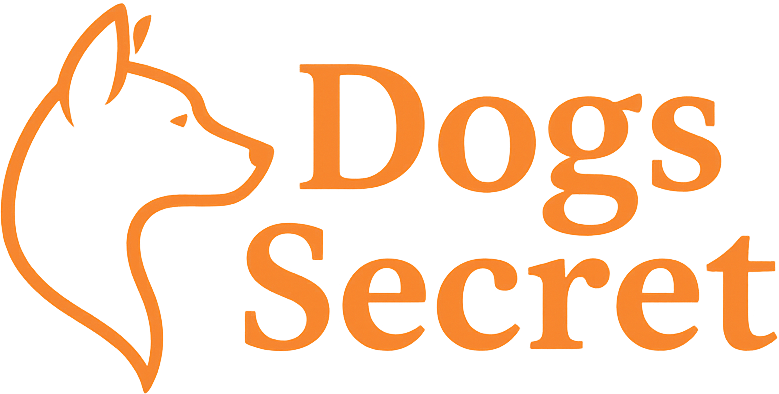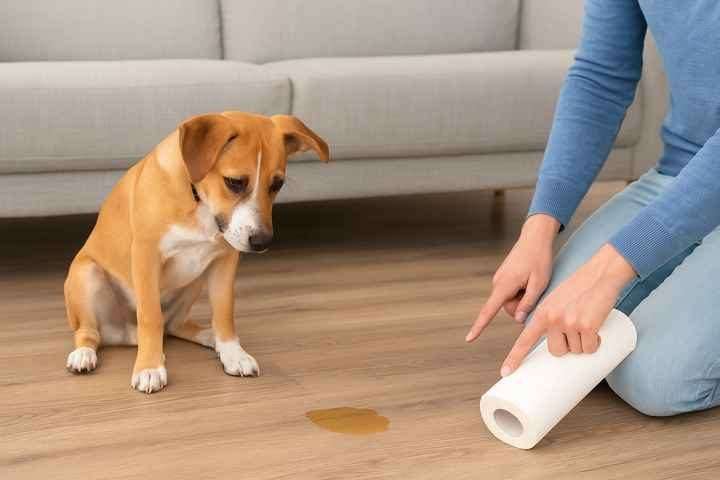Bringing home a new puppy or rescue dog is exciting—but it often comes with a few indoor accidents. Whether it’s a small puddle on the floor or a surprise on the rug, house training takes time, patience, and consistency.
The way you respond to accidents plays a major role in how quickly your dog learns where it’s appropriate to go. In this guide, we’ll explain why accidents happen, what to do (and not do), and how to reinforce good bathroom habits without stress or punishment.
Why Indoor Accidents Are Normal
Even the smartest dogs need time to adjust to a new home, routine, and expectations. Accidents are common in:
- Young puppies still learning bladder control
- Rescue dogs adjusting to a new environment
- Newly adopted dogs who may never have been properly trained
- Dogs who are anxious, overstimulated, or unsure of where to go
Understanding the cause behind the behavior helps you address it effectively.
What to Do Immediately After an Accident
1. Stay Calm
Yelling or punishing your dog can create fear and confusion. Dogs don’t associate past actions with punishment—they only react to the moment.
2. Interrupt Gently (If Caught in the Act)
If you see your dog starting to go indoors, calmly interrupt with a verbal cue like “Outside!” and lead them to the correct potty area.
3. Clean Thoroughly
Use an enzymatic cleaner designed for pet stains. Regular cleaners may leave behind scents that encourage repeat accidents in the same spot.
What Not to Do
- Don’t rub your dog’s nose in the mess
- Don’t scold after the fact (they won’t understand)
- Don’t use punishment-based training methods
- Don’t ignore frequent accidents—there may be an underlying issue
Reinforce Proper Bathroom Habits
The best way to reduce accidents is to reward the behavior you do want:
- Take your dog outside frequently, especially after meals, naps, and play
- Choose a consistent potty spot and use the same verbal cue (“Go potty”)
- Praise and reward immediately after they go in the right place
- Keep a predictable schedule to reduce surprises
For puppies, this may mean going out every 1–2 hours. Adult dogs may need less frequent trips but still benefit from routine.
Watch for Signs They Need to Go
Prevent accidents by learning to spot early warning signs:
- Circling or sniffing
- Whining or pacing
- Suddenly leaving the room
- Scratching at the door
When in doubt, take them outside—you’ll never regret a false alarm.
What If Accidents Continue?
If your dog keeps having accidents despite consistent training:
- Rule out medical issues like urinary tract infections
- Reassess the feeding and potty schedule
- Consider crate training to reinforce control and routine
- Work with a professional trainer or behaviorist for guidance
Conclusion
Final Thoughts on How to Handle Accidents Indoors with a New Dog
Accidents indoors are a normal part of life with a new dog. With patience, positive reinforcement, and a clear routine, your dog will soon understand where and when to go. Remember: progress takes time, but every successful potty trip is a step closer to a well-trained companion.
For more tips on house training, crate training, and daily routines, visit our New Dog Essentials section.

